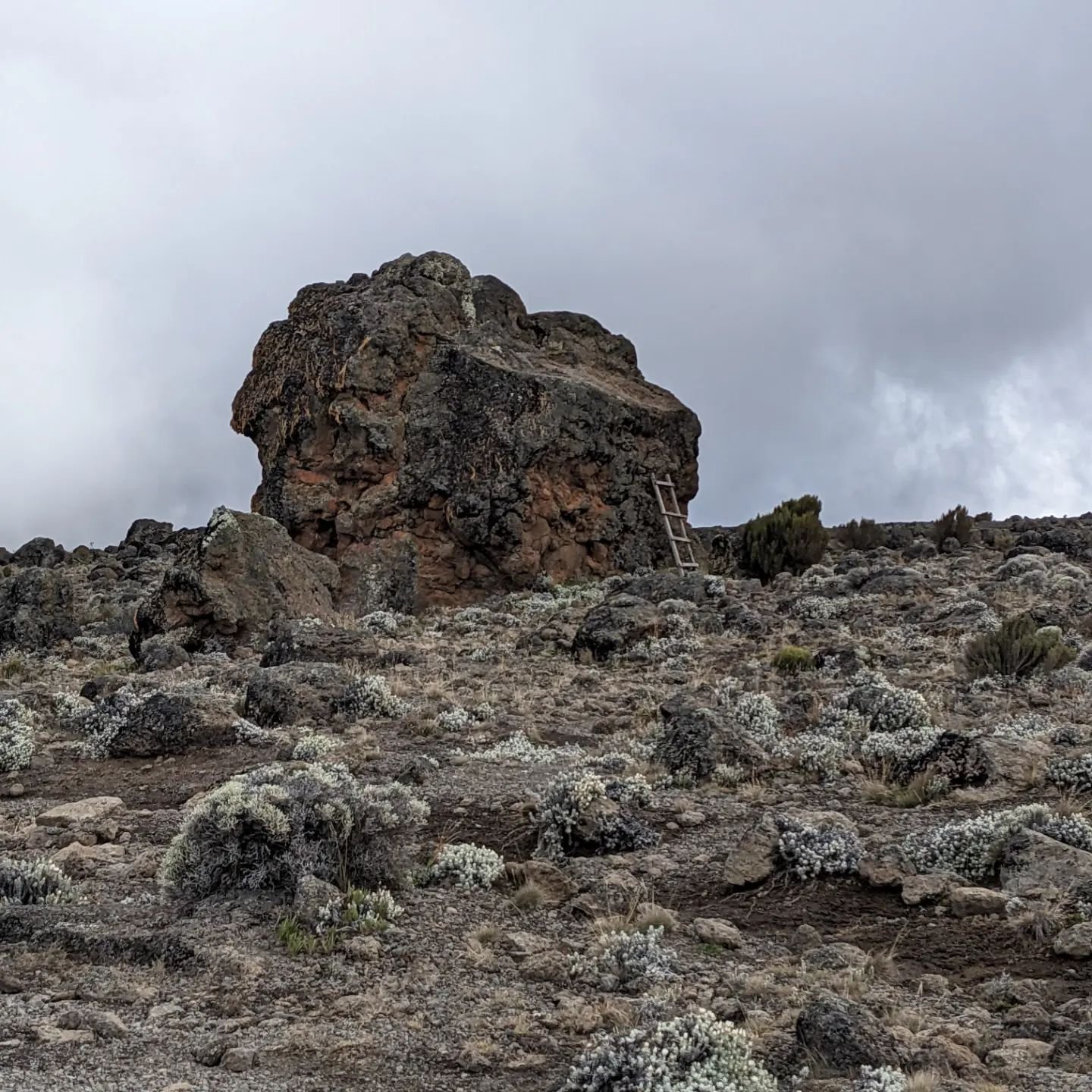Climbing kilimanjaro
Mt. Kilimanjaro, Tanzania, East Africa, is the highest peak on the African continent and the highest free-standing mountain in the world, rising 19,341 feet above sea level. Being one of the Seven Summits, it is the tallest free-standing mountain on Earth.
Its snowcapped peak rises gloriously over the surrounding savannas, forming part of Kilimanjaro National Park, brimming with unique flora and fauna. Though a dormant volcano, Kilimanjaro has been no less than a source of inspiration to mountaineers and nature lovers the world over.
Mount Kilimanjaro is made up of three distinct volcanic cones: Kibo, which rises to 19,340 feet; Mawenzi at 16,896 feet; and Shira, which is 13,000 feet high. The summit of Uhuru Peak lies on the rim of the Kibo crater.
This huge stratovulcano started forming about a million years ago due to volcanic activities along Rift Valley. It had three cones, to wit: Mawenzi and Shira, which have become extinct; Kibo is the highest and is considered dormant, and may burst anytime in the future. Its last big eruption occurred about 360,000 years ago, but the last recorded volcanic activity was about 200 years ago.
Currently, glaciers are left on 2.2 square kilometers, while the entire mass of the ice fields has shrunk by 82% since 1912. In fact, there is said to have been a 33% decline in the ice fields since 1989, and most scientists link this phenomenon with climate change. Scientific predictions indicate that in the next twenty years, Kilimanjaro may turn into an ice-free mountain, thus seriously affecting the supply of water and the irrigation of crops in the area.
Kilimanjaro Climbing Route
There are seven major routes on Mount Kilimanjaro going to the highest point of Uhuru Peak. Of these, six begin from the southern side of the mountain, whereas one begins from the northern side. The key routes include Marangu, Machame, Lemosho, Shira, Rongai, Northern Circuit, and Umbwe.
Climbing Kilimanjaro usually takes five to nine days to get to the summit and back to the endpoint. Success rates are also greatly governed by the length of time taken to make the climb, for the longer periods on the mountain do allow much better acclimatization of the altitude, thus increasing the chances of a successful summit.







